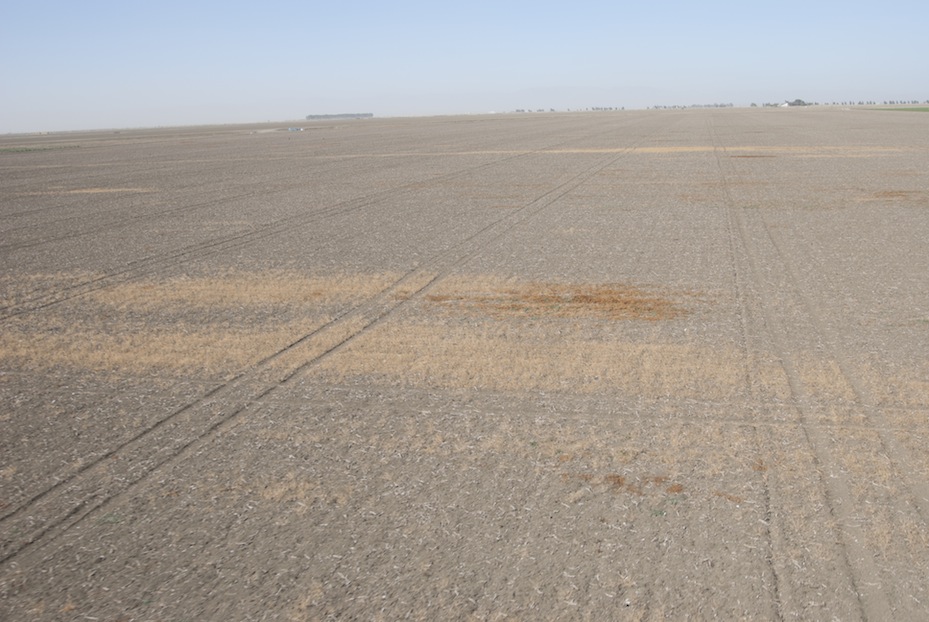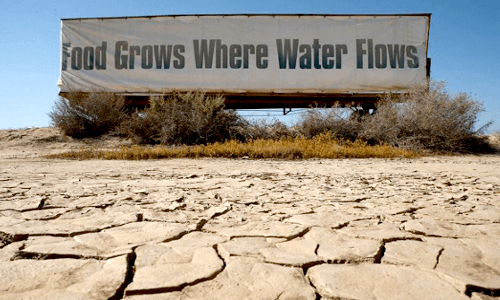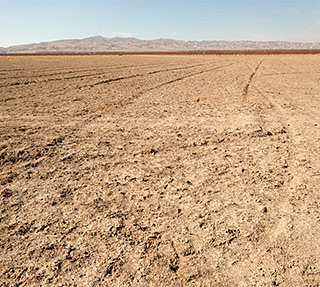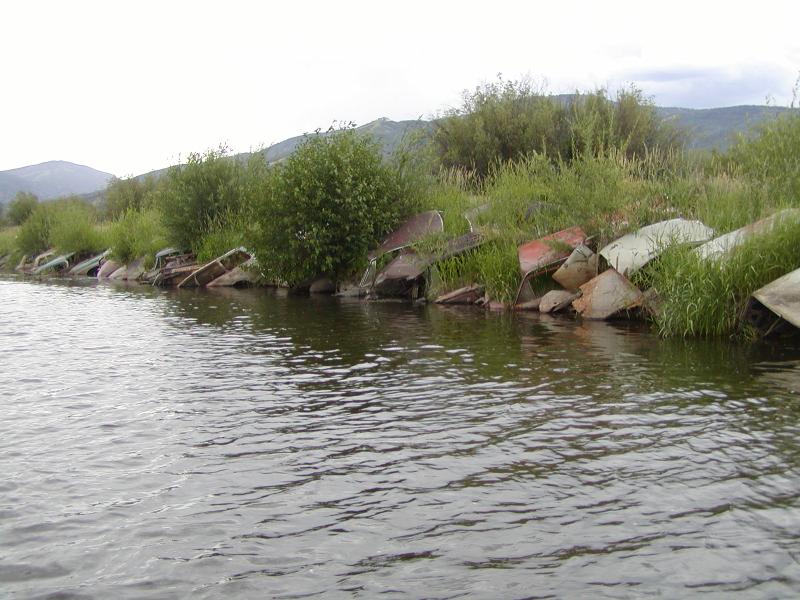Water Allocation is Good News, But Doesn’t End Drought The following is a statement by Executive Director Mike Wade of the California Farm Water Coalition in response to the DWR announcement of 10 percent water allocation from the State Water Project.) “Today’s announcement that the State Water Project will deliver an initial allocation of 10 […]
On the Abandonment of Federal Drought Legislation
On the Abandonment of Federal Drought Legislation “California’s Central Valley has shouldered more than its share of the pain brought on by reduced water deliveries and the drought. For more than 20 years, misguided environmental policies have drained California of over 20 million acre-feet of water – water that was originally intended to grow food. […]
UC study provides look at consequences from water shortages
Below is a statement by Mike Wade, Executive Director of the California Farm Water Coalition. An updated study released today by the California Department of Food and Agriculture and the UC Davis Center for Watershed Sciences provides a glimpse of the consequences of water supply shortages for the state of California. These effects will […]
UPDATE 5/19/14: UC economic report reveals significant impacts caused by drought
“A University of California, Davis economic study that estimates a $1.67 billion loss to agriculture and ag-related industries in the Central Valley will result in a $3.4 billion hit to the state’s economy, based on widely used economic models. The negative effects of the ongoing drought on our farms will create a ripple effect throughout […]
3/18/14: Estimate of unplanted acres jumps to 800,000; consumers expected to feel impacts
The California Farm Water Coalition has upgraded its estimate of acres farmers will leave idle this year to 800,000 acres, up from 500,000, because of a lack of water.
“Farmers are still waiting to the last minute to determine their planting schedules this year in hopes that the water situation will improve,” said Mike Wade, Coalition Executive Director. “But if dry conditions continue the number of unplanted acres will go up and as each day passes the prospects of returning to a normal water year evaporates.”
Continue reading2/21/14: Zero Allocation Result of Drought, Broken Water Supply System
“Today’s announcement by the Bureau of Reclamation of a zero water allocation for millions of acres of California farmland was not unexpected. The announcement also underscores how broken the state’s water supply system has become and that significant policy decisions and investments must be made to assure food production is a viable part of California’s future.
Continue reading


